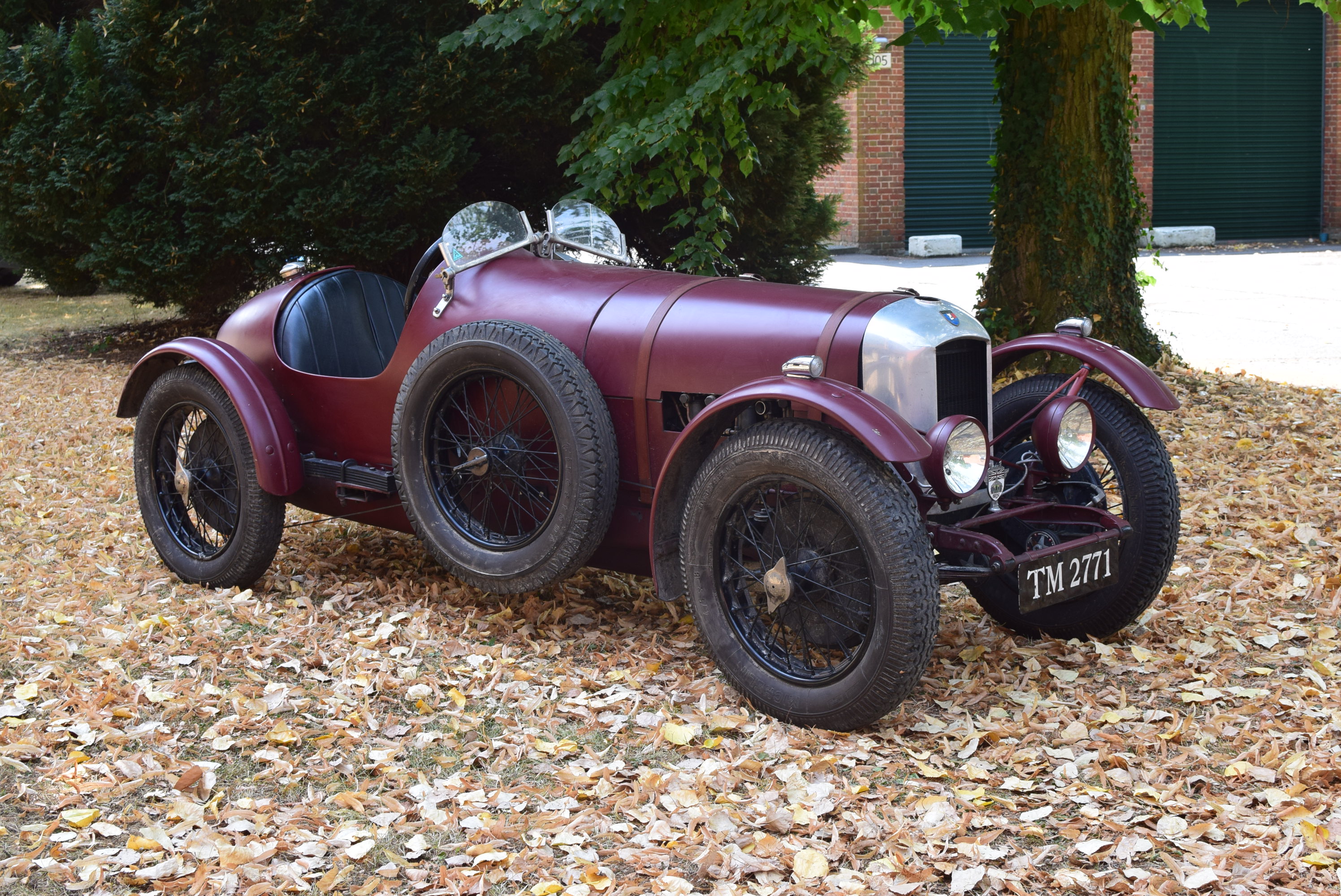
Click Here for Full Screen Image - Click Here to Download Image
 | 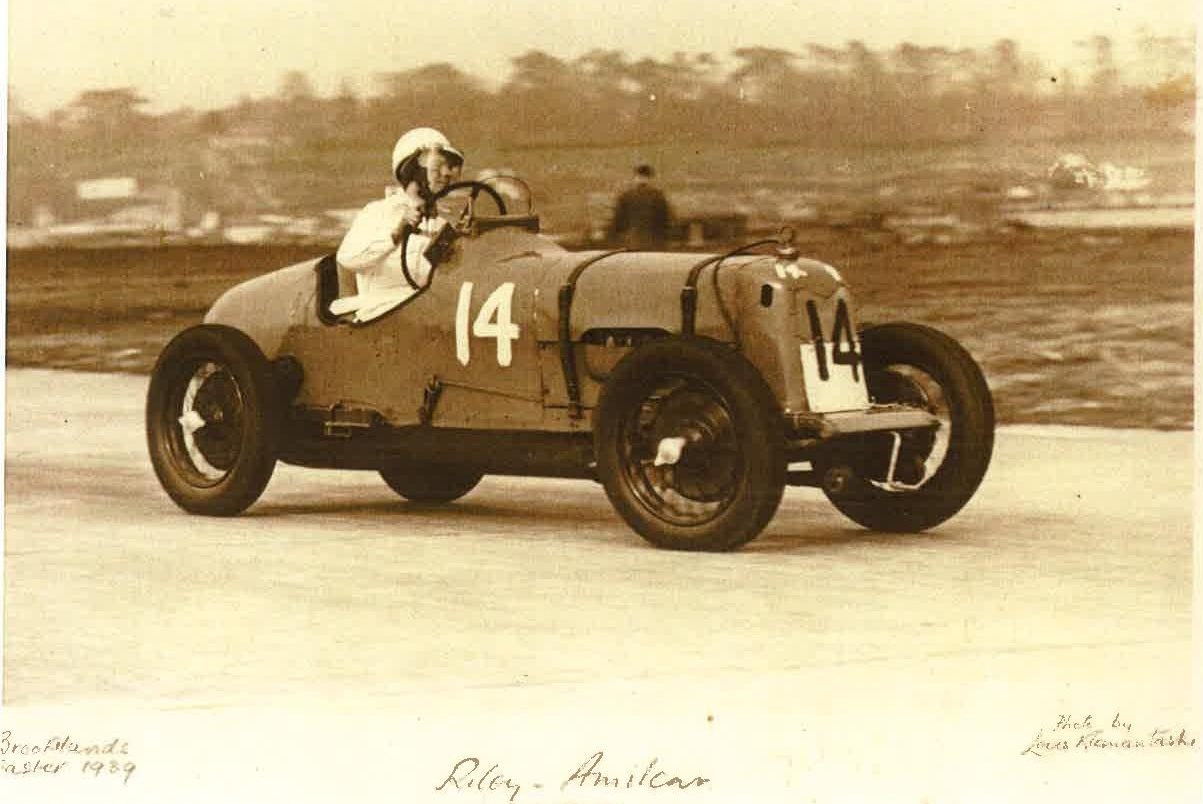 |  | 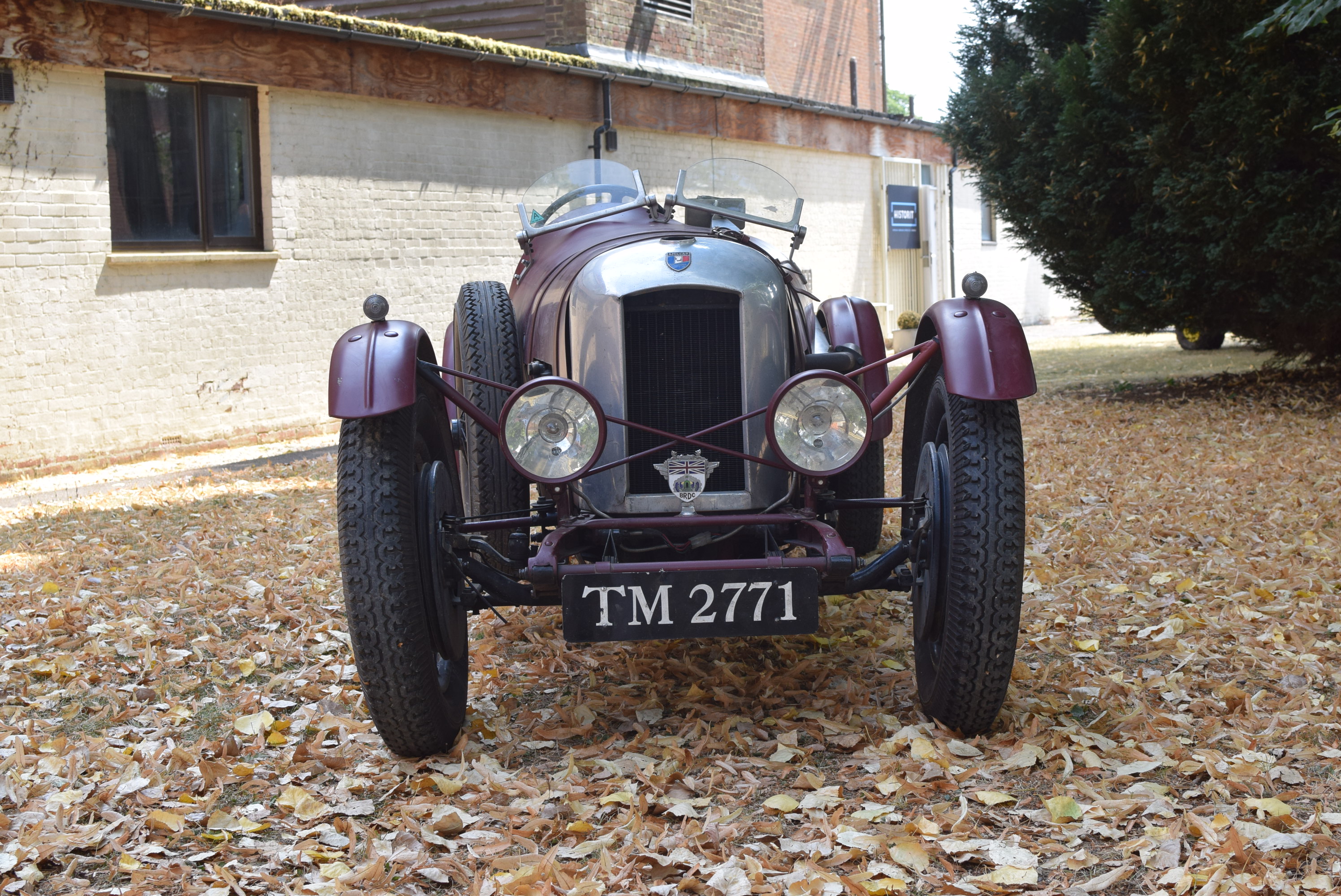 | 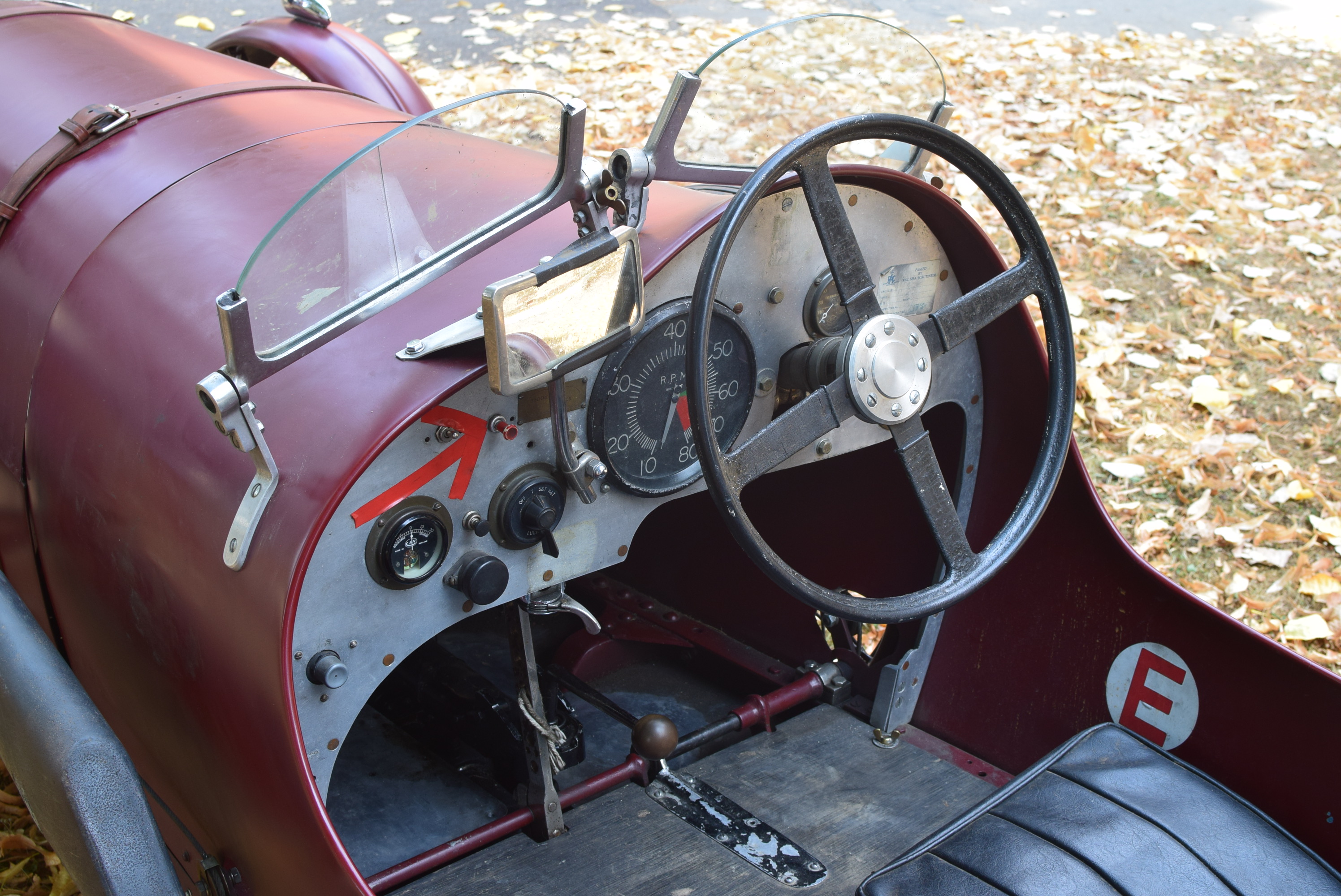 | |||||
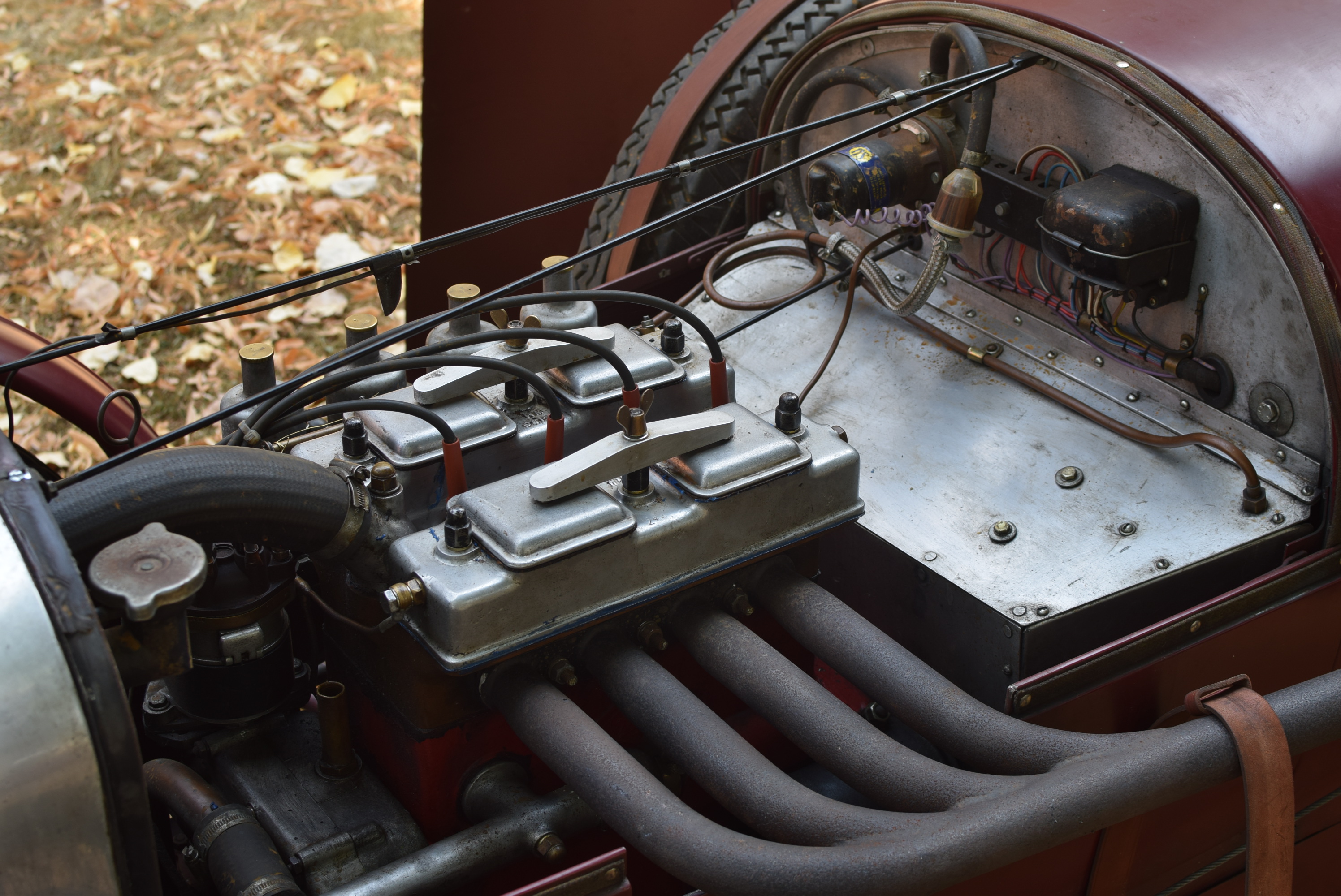 |  | 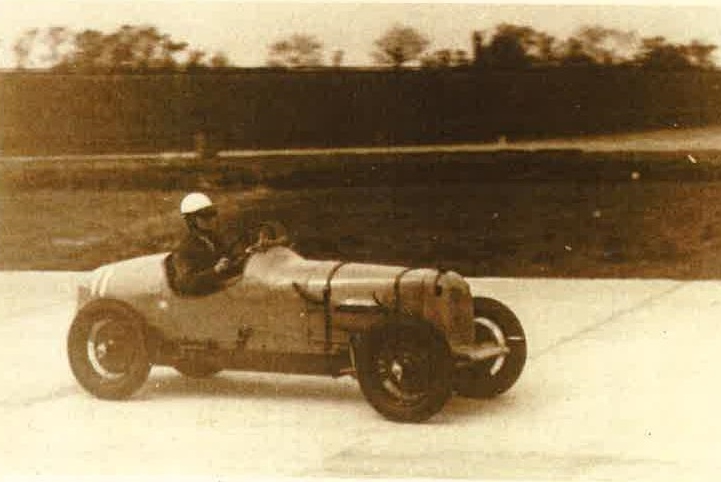 | 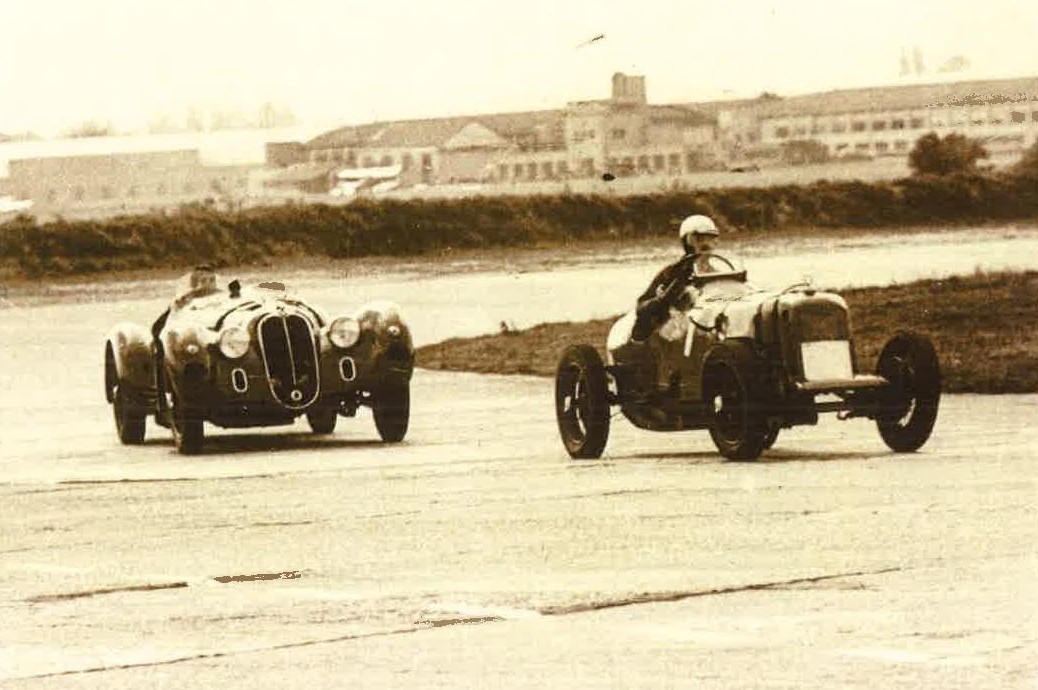 | 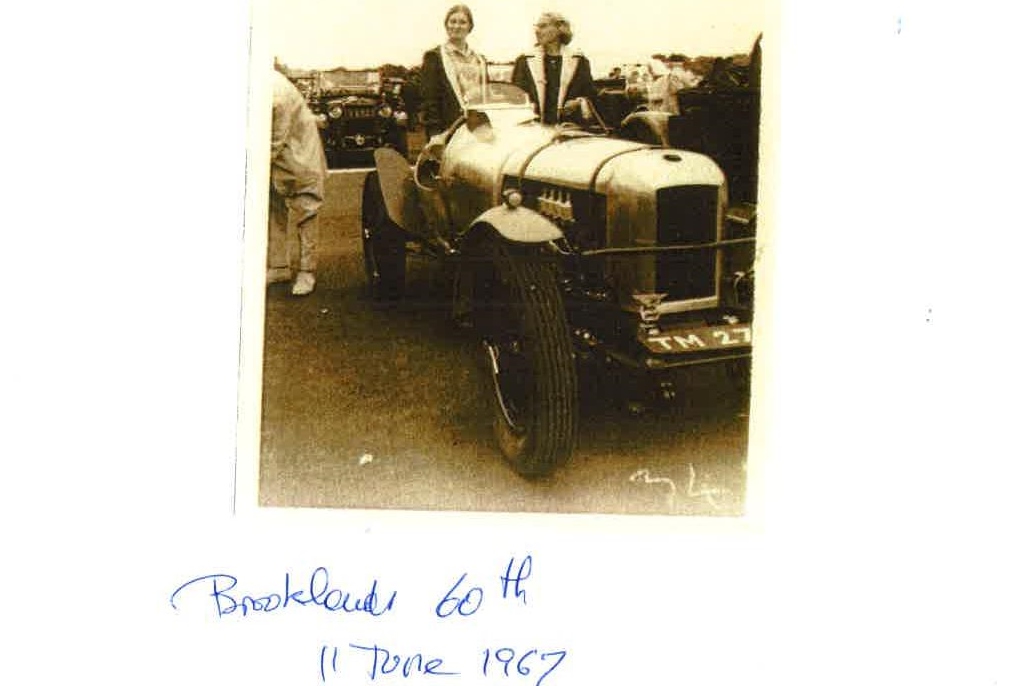 | |||||
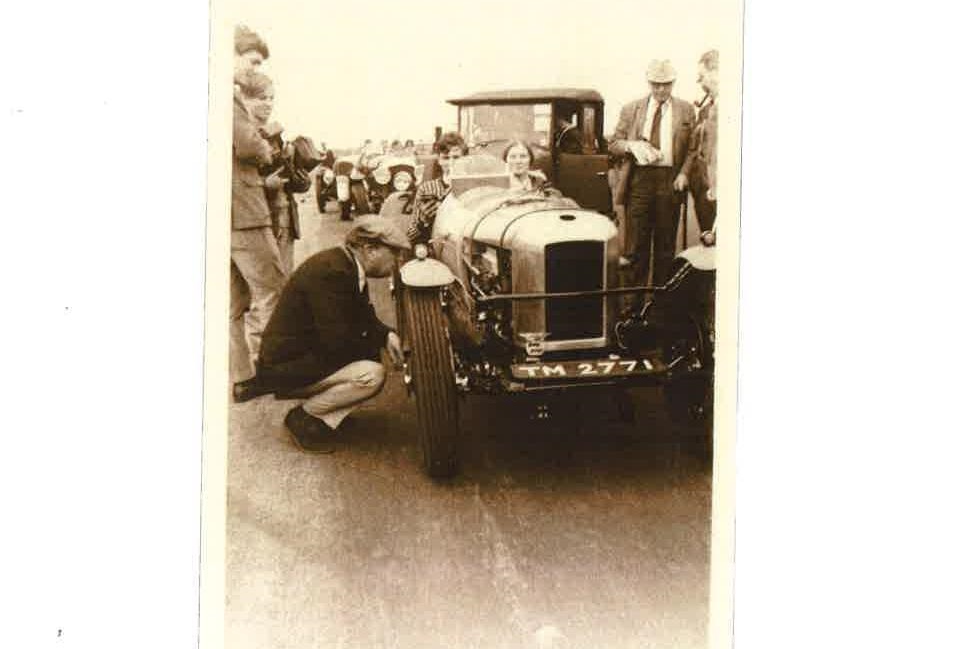 |
| Lot number | 74 |
|---|---|
| Hammer value | £76,160 |
| Description | Amilcar Riley CGSS Kerr-Bate Special |
| Registration | TM 2771 |
| Year | 1928 |
| Colour | Maroon |
| Engine size | 1,100 cc |
| Chassis No. | 601159 |
| Engine No. | 10942 |
| Documents | TBA |
Stanley Chave Kerr-Bate was about 26 years old when the idea took hold to build a racing car. It was 1932 and he already owned a beaten-up Riley 9 which became the starting point for a clever little car that incorporated some original thinking and went on to race at Brooklands. This is that car.
The heavy Riley chassis was ditched in favour of a much lighter Amilcar CGSS chassis, but the front axle and brakes of the Riley were retained. The relative positions of the engine and steering columns caused problems leading to a “decided rake to the near side” which “bothered the stranger… but one got used to it”.
The 1087cc Riley 9 engine was subjected to some radical tuning, which involved a Laystall crank, Martlett pistons, lightened flywheel and a combustion chamber which was copper-sprayed to improve combustion and heat transference. The piece de resistance was the installation of four SU carburettors, which necessitated some clever plumbing to balance the induction and to keep the carburettors working properly.
The gearbox also received some attention with the ratios altered to suit the tuned engine and by-now much lighter racing car. A rudimentary single-seat body was hammered out by Kerr-Bate himself with the aid of a “local itinerant welder”. Although an architect by profession, the car was well-constructed if not the most elegant of vehicles. The work took Kerr-Bate two and a half years to complete.
The car appeared in the Easter Monday races at Brooklands in 1938 where, Kerr-Bate later wrote rather modestly: “Performance was…quite satisfactory…..though no prizes came.” In fact, the car’s acceleration was better than most and top speed was just under the ton. The car appeared again at Brooklands and was entered at Donnington, but ran a big-end in practice.
Kerr-Bate’s racing career was curtailed by the Second World War, although he did go on to establish a successful architectural practice. The car itself was lightly damaged during a bombing raid and was eventually sold in the early 1950s.
The new owner built a fibreglass and tubular steel two-seater body for the car before selling it, in 1958. It then passed through a number of hands before being bought, in 1966, by VSCC enthusiast, Robin Townsend who rebuilt the car with an aluminium body. The car later travelled to owners in America and Australia before returning to the UK.
The current owner bought the car over 20 years ago and handed it over to leading restoration specialists Ashton Keynes Vintage Restoration. The car had suffered over the years and it took a lot of work to put it into the shape you now see. The bill from Ashton Keynes was in excess of £37,000, and that does not include a bill from expert Riley engineer Keith Pointing for an £8,000 engine rebuild. Both sets of invoices are on file.
The Kerr-Bate car is an archetypal vintage special with a brief but enviable Brooklands history. Its history is well-known - see Bateman’s ‘The Enthusiast’s Guide To Vintage Specials’ - and the history file also contains the story – type-written by Kerr-Bate himself – of the car’s early days.
The car appears in sound condition and the quality of the work by Ashton Keynes is apparent, improved, if anything, by 20 years of mellowing and careful ownership.
Authentic vintage specials with 80 year histories do not come up for sale often and one that is both attractive and practical is even rarer. This is a lovley car that should be welcome at leading historic events and one that can be enjoyed on road or track.
You may tell the interested parties that in 2017 the car took part to the Amilcar Rallye in the Ile de Ré (for those who may have also participated) without missing a beat, and also to the Vintage Montlhery revival, where it performed very well on the track.
AMENDMENT: Potential bidders may be interested to learn that in 2017 the car took part to the Amilcar Rallye in the Ile de Ré and apparently did not miss a beat, also to the Vintage Montlhery revival, where it performed very well on the track.